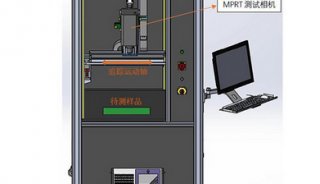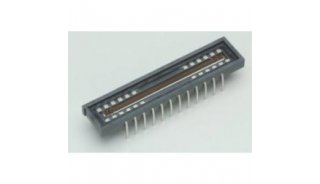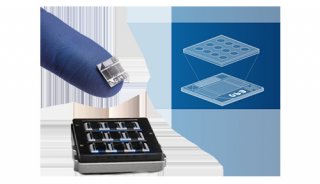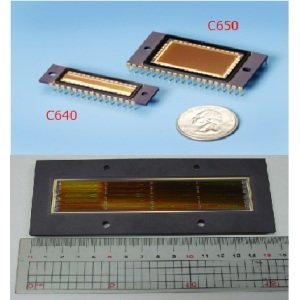The 4-1BB-dependent immune response

The activation of T cells requires a co-stimulatory signal with T cell receptor activation, provided in many cases by activation of CD28 in resting T cells. 4-1BB (CD137) is a member of the TNF receptor gene family that provides another T cell co-stimulatory signal. 4-1BB is expressed by activated cytotoxic and helper T cells and its expression is induced by a variety of T cell stimuli, including activation of the T cell receptor or stimulation with mitogens. The ligand for 4-1BB (4-1BBL) is induced on activated antigen-presenting cells including macrophages, activating T cells expressing 4-1BB. Mice lacking 4-1BB survive and have an altered though functional immune response. T cells of mice lacking 4-1BB proliferate more rapidly than normal T cells, but have reduced cytokine secretion. The costimulatory signal provided by 4-1BB may act in combination with CD28 activation to prolong the T cell response, and may also act independently of CD28. Stimulation of T cells with the 4-1BB ligand may provide a therapeutic immune response in the treatment of cancer or viral infection. 4-1BB in T cells activates several signaling pathways. Like other members of the TNF receptor family, the 4-1BB receptor does not have an intrinsic kinase activity. TRAF2 is a signaling adapter that mediates signaling by other members of the TNF receptor family and that also binds to the cytoplasmic domain of ligand activated 4-1BB to activate intracellular kinase cascades. TRAF1 also binds to the cytoplasmic domain of 4-1BB although with lower affinity than TRAF2. One downstream effector activated by 4-1BB through TRAF2 is the transcription factor NF-kB. 4-1BB also activates map kinase pathways, including p38 and JNK activation. ASK1 dependent pathways can activate both p38 and JNK, and dominant negative ASK1 blocks their activation. Other kinase pathways may also be involved in 4-1BB activation of p38 and JNK, such as activation of germinal center kinase (GCK) or related kinases involved in activation of JNK and p38 by TNF. Map kinase activation along with NF-kB activation results in transcriptional activation of cytokine genes involved in T cell activation and signaling. The co-stimulatory signaling provided by 4-1BB shares some features with CD28 signaling, providing an explanation for the ability of 4-1BB to replace the CD28 costimulatory signal in some settings.
Contributor:
REFERENCES: Arch, R.H., Thompson, C.B. (1998) 4-1BB and Ox40 are members of a tumor necrosis factor (TNF)-nerve growth factor receptor subfamily that bind TNF receptor-associated factors and activate nuclear factor kappaB. Mol. Cell. Biol. 18(1), 558-65 Cannons J, Hoeflich K, Woodgett J, and Watts T. Role of the Stress Kinase Pathway in Signaling Via the T Cell Costimulatory Receptor 4-1BB. J. Immunology, vol 163, 1999, 2990-98. Cannons, .JL. et al. (2001) 4-1BB ligand induces cell division, sustains survival, and enhances effector function of CD4 and CD8 T cells with similar efficacy. J. Immunol. 167(3), 1313-24 Cannons, Jennifer, Yongwon Choi and Tania Watts. Role of TNF receptor associated facor 2 and p38 mitogen activated protein kinase activation during 4-1bb dependent immune response. J. Immunology, vol 165, 2000, 6193-204. Kim, H.H., Kwack, K., Lee, Z.H. (2000) Activation of c-jun N-terminal kinase by 4-1BB (CD137), a T cell co-stimulatory molecule. Mol. Cells 10(3), 247-52 Kwon, B.S. et al. (2002) Immune responses in 4-1BB (CD137)-deficient mice. J. Immunol. 168(11), 5483-90 Saoulli, K. et al. (1998) CD28-independent, TRAF2-dependent costimulation of resting T cells by 4-1BB ligand. J. Exp. Med. 187(11), 1849-62 Shi, C.S., Kehrl, J.H. (1997) Activation of stress-activated protein kinase/c-Jun N-terminal kinase, but not NF-kappaB, by the tumor necrosis factor (TNF) receptor 1 through a TNF receptor-associated factor 2- and germinal center kinase related-dependent pathway. J. Biol. Chem. 272(51), 32102-7 Takahashi, Chikara, Robert S. Mittler, and Anthony T. Vella. Cutting Edge: 4-1BB Is a Bona Fide CD8 T Cell Survival Signal. J. Immunology, vol 162, 1999, 5037-40.




















